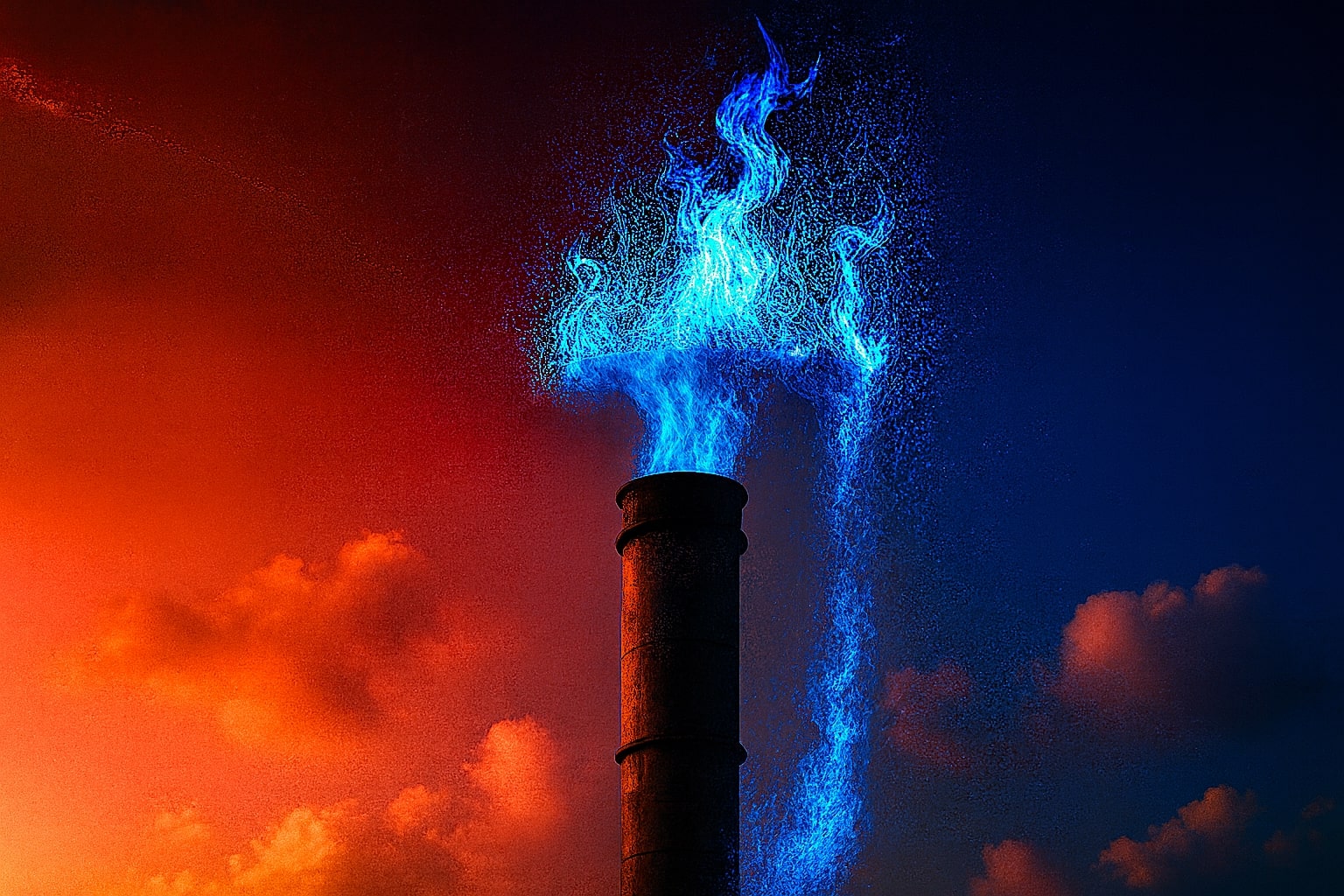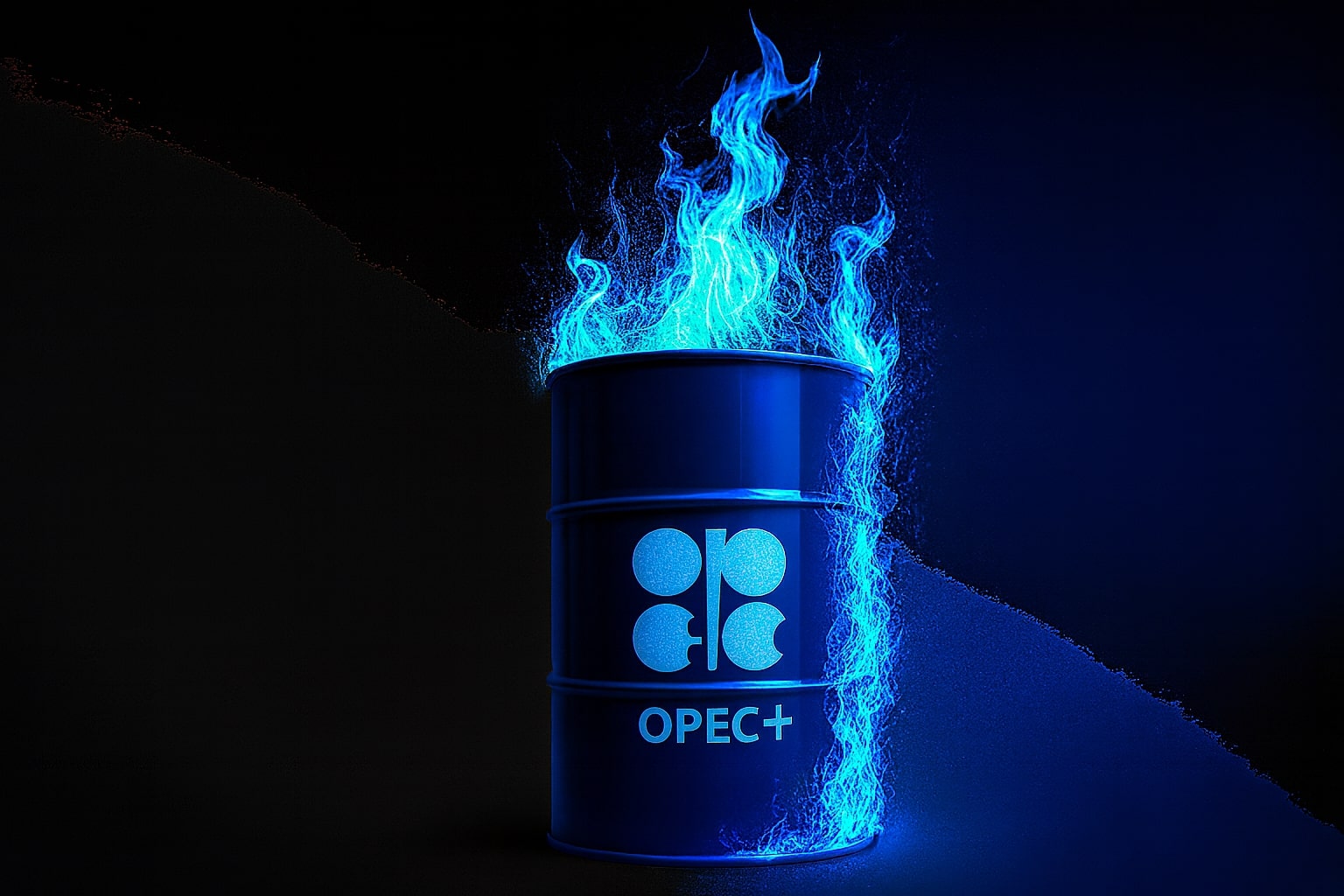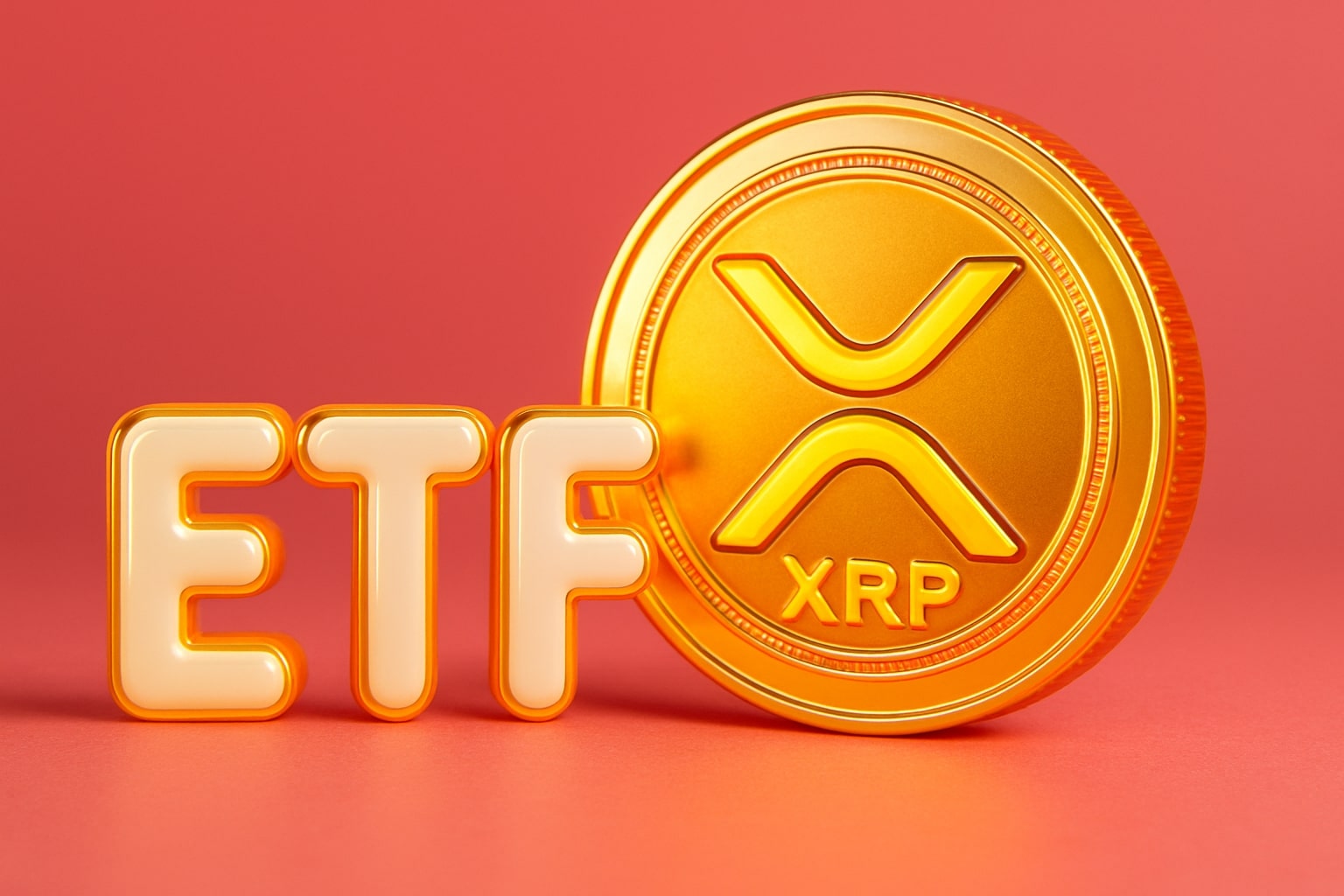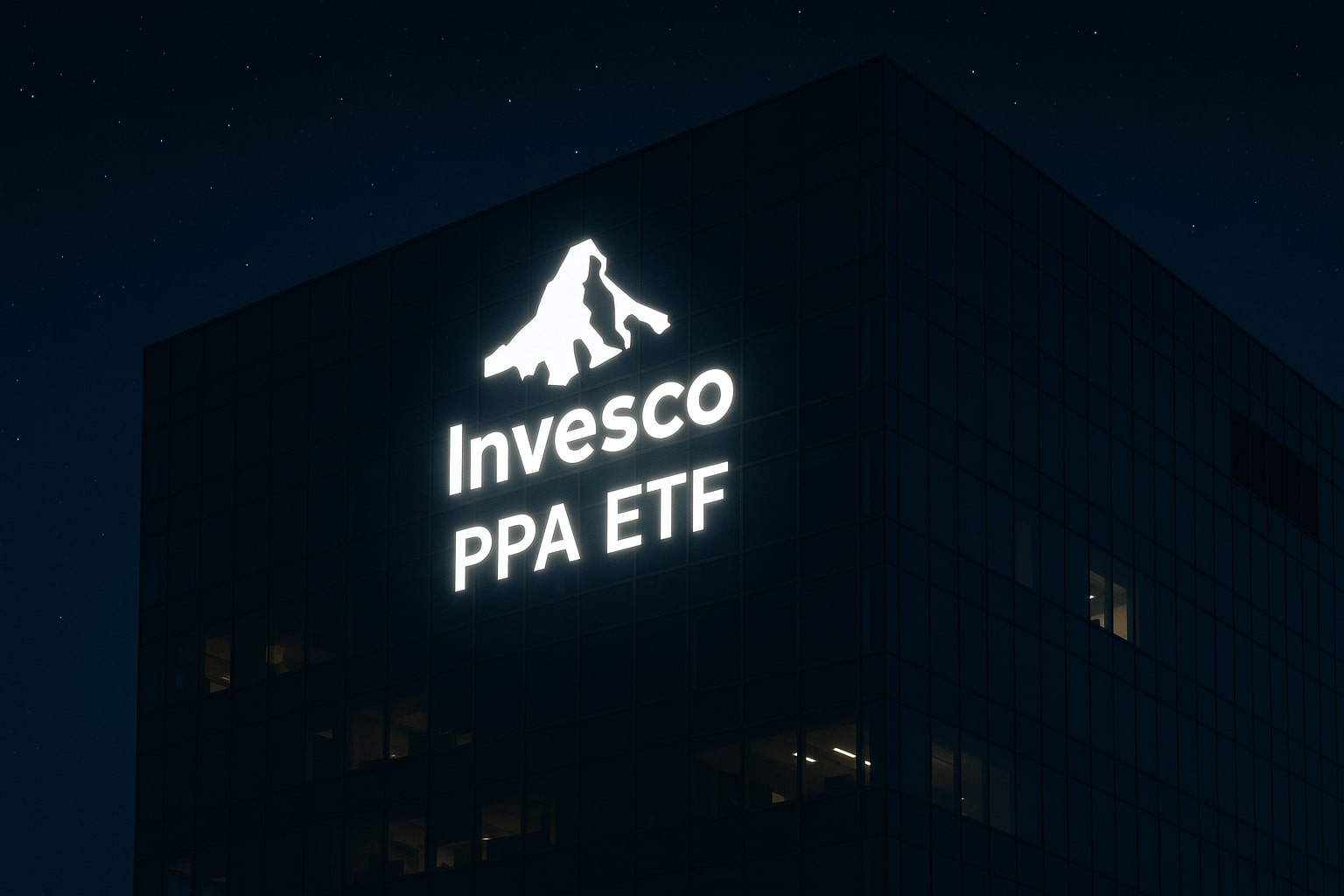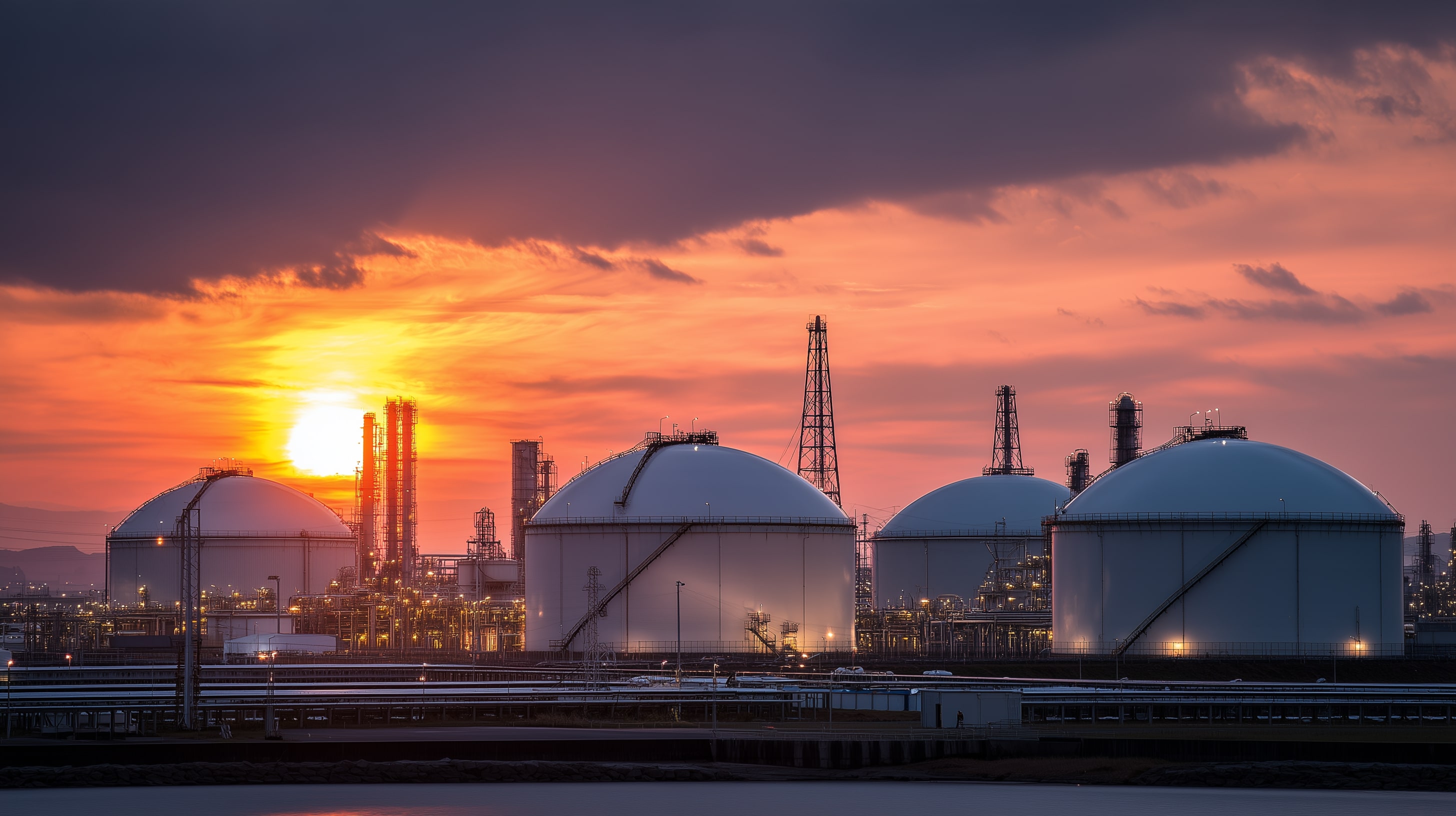
Natural Gas Price (NG=F) Sinks to $3.33 as Record Production and 87 Bcf Storage Build Hammer Prices
Surging U.S. output of 107.9 Bcf/day, near-record LNG exports, and a massive 87 Bcf EIA inventory build spark a sharp sell-off, leaving Henry Hub futures stuck between $3.00 and $3.60 as traders brace for a volatile winter season | That's TradingNEWS
Natural Gas (NG=F) Slides to $3.33 as Record Production and 87 Bcf Storage Build Pressure Prices
Natural gas futures (NG=F) fell 3.4% to $3.33 per MMBtu, weighed down by a surprisingly large 87 billion cubic feet (Bcf) storage injection reported by the EIA, above market expectations of 83 Bcf and the five-year average of 77 Bcf. The surplus widened inventories to 4.5% above seasonal norms, underscoring a loose supply-demand balance despite strong LNG exports and early winter demand expectations. Traders reacted immediately, selling across near-term contracts as confidence in a pre-winter rally eroded under the weight of swelling inventories.
Record U.S. Output Maintains Bearish Pressure on NG=F
U.S. dry gas output remains at unprecedented levels, averaging 107.9 Bcf per day, up 5.4% year-over-year, with the EIA revising its 2025 forecast to 107.14 Bcf/day. Shale production from the Haynesville and Permian basins continues to expand even as prices soften, signaling that operators are prioritizing efficiency gains and export-linked demand. Baker Hughes reported 121 active gas rigs, just below the two-year high of 124, reinforcing the production resilience. Meanwhile, pipeline exports to Mexico climbed to a record 7.5 Bcf/day, while domestic demand reached 75.5 Bcf/day, a modest 3.4% annual gain. Supply clearly outpaces consumption, leaving limited room for price recovery unless winter demand strengthens materially.
LNG Exports Surge but Domestic Glut Dominates
The U.S. LNG export machine remains in overdrive, with feedgas flows reaching 16.6 Bcf/day, up 1% week-over-week. The country’s 15.4 Bcf/day of operating export capacity is projected to expand by another 5 Bcf/day through Plaquemines LNG and Corpus Christi Stage 3 projects by 2026. By then, exports could reach 16.3 Bcf/day, compared to 11.9 Bcf/d in 2024. Despite these record flows, the sheer volume of domestic production continues to suppress prices. Even as the Trump Administration’s pro-LNG policies accelerate project approvals, the near-term imbalance remains. The result is a paradox: global demand is booming, yet Henry Hub prices remain anchored below $3.60 due to relentless supply growth.
Storage Overshoot Extends Market Weakness
The 87 Bcf build was a clear bearish signal for traders. Inventories now hover just above last year’s level and stand 4.5% higher than the five-year average, setting the stage for a comfortable buffer heading into winter. The EIA projects end-of-season storage near 3.9 trillion cubic feet, one of the highest levels in recent history. This ample stockpile limits price upside even as cold weather looms. In Europe, storage sits at 83% full, below the five-year norm of 92%, but still adequate to offset immediate LNG demand surges. These combined storage trends point toward continued price containment around $3.00–$3.60, despite intermittent weather-driven rallies.
Weather Outlook Suggests Uneven Heating Demand
Short-term weather patterns remain mixed. Forecasts from Atmospheric G2 indicate cooler-than-normal conditions across the eastern United States from October 28 to November 1, followed by warmer trends in the West through early November. This inconsistent outlook has capped speculative buying, keeping futures volatile but range-bound. The Lower-48 power sector, however, remains robust, with electricity generation up 4% year-over-year to 73,756 GWh. Gas-fired power continues to dominate, reflecting resilient structural demand. Still, until widespread heating demand materializes, these supportive consumption trends cannot offset the bearish weight of high inventories.
Trump’s Energy Dominance Agenda Accelerates LNG Expansion
Policy momentum remains firmly behind LNG growth. The Trump Administration reversed prior restrictions on project approvals, catalyzing a new wave of investment. Venture Global secured $15.1 billion in financing for the CP2 LNG and CP Express Pipeline projects, while Cheniere Energy moved forward with Corpus Christi Midscale Trains 8 & 9. Woodside Energy greenlit its Louisiana LNG project with first production expected in 2029. Altogether, the U.S. is on track to add 13.9 Bcf/day of new liquefaction capacity between 2025 and 2029, cementing its role as the world’s largest LNG exporter. This policy-driven expansion strengthens the long-term bullish narrative even as short-term fundamentals weigh on prices.
Inflationary Impact from Rising Feedgas and Utility Prices
Feedgas competition has driven a parallel surge in U.S. residential gas bills. Consumer utility prices for piped natural gas soared 13.8% year-over-year, with average residential costs jumping from $12.34 to $25.27 per thousand cubic feet between January and July 2025, according to EIA data. The squeeze on households has become politically sensitive as inflation persists, even while producers and exporters benefit from stronger margins. Power generation remains the top consumer of U.S. gas, but residential affordability pressures could become a growing theme into 2026, particularly if cold snaps emerge alongside elevated export activity.
Technical Picture: NG=F Holds Between $3.00 and $3.60
Technically, natural gas futures continue to oscillate within a narrow channel. Key support sits between $3.05–$3.10, while resistance caps gains near $3.55–$3.60. Momentum indicators like RSI (44) and MACD suggest neutral to slightly bearish momentum. A breakout above $3.60 could invite a push toward $4.00, but traders remain cautious amid record inventory builds and steady production growth. Seasonal volatility is expected to intensify as December contracts roll, though a sustained rally likely requires an early and colder-than-expected winter.
Read More
-
PPA ETF at $154: Can This Defense ETF Keep Beating ITA and SPY?
14.12.2025 · TradingNEWS ArchiveStocks
-
XRP ETFs XRPI and XRPR Pull In $975M While XRP-USD Fights To Hold $2
14.12.2025 · TradingNEWS ArchiveCrypto
-
Natural Gas Price Forecast: NG=F Hits $4.11 As Warm Winter Outlook Puts $3.913 Support At Risk
14.12.2025 · TradingNEWS ArchiveCommodities
-
USD/JPY Price Forecast - Dollar to Yen Can BoJ’s 0.75% Shock Break The 155–158 Range?
14.12.2025 · TradingNEWS ArchiveForex
Structural Outlook: Long-Term Bullish Momentum Intact
Despite short-term softness, the structural outlook remains bullish for NG=F. Global LNG demand continues to rise, and U.S. infrastructure expansion positions the country as a price-setter in the global market. The EIA forecasts that total U.S. LNG exports will more than double by 2029, supported by industrial re-shoring, petrochemical investment, and the surging power needs of AI data centers. The electric power sector, already consuming nearly half of domestic gas output, is expected to grow 2.9% annually, solidifying gas’s role as a backbone fuel. As global inventories normalize and demand tightens post-2025, natural gas prices are likely to rebase higher.
Verdict: Natural Gas (NG=F) – Short-Term Bearish, Long-Term Bullish
The Henry Hub natural gas market faces a temporary glut, amplified by high storage, record output, and mild weather expectations. However, the longer-term structure is clearly tightening, driven by relentless LNG expansion, industrial demand, and power-sector reliance. Prices may test $3.00 support in the short run, but any dip below that threshold could attract strong buying. The likely recovery path targets $4.00–$4.40 by early 2026 once storage draws accelerate and export terminals ramp further. Short-term outlook: Bearish. Medium-to-long-term outlook: Bullish accumulation opportunity.














